Malaysia’s QR code immigration clearance trial for foreigners at Johor land checkpoints gets a mixed start
Malaysian authorities announced last week that Singaporeans and other foreign travellers can clear Johor land checkpoints using just QR codes under a trial. CNA tries out the system on the trial’s first day.
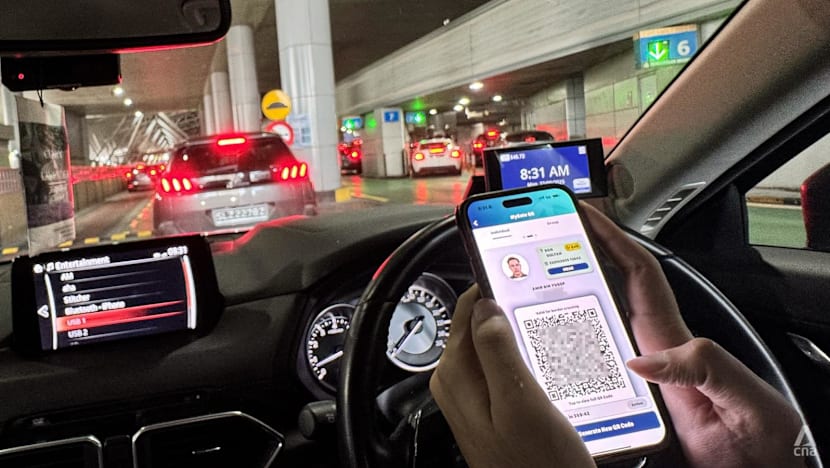
Foreign travellers are now able to use the MyNIISe app at the designated lanes at the Bangunan Sultan Iskandar (BSI) customs, immigration and quarantine complex in Johor Bahru. The app aims to reduce traffic congestion at the immigration counters. (Photo: CNA/Zamzahuri Abas)

This audio is generated by an AI tool.
SINGAPORE/JOHOR BAHRU: The first day of a pilot trial by Malaysia’s home ministry - which allows Singaporeans and other foreign travellers to clear Johor land checkpoints using just QR codes without needing to show their passports - got off to a mixed start on Monday (Sep 22).
My colleague Ahmad Zamzahuri Abas, who is a Malaysian, and I, a Singapore citizen, wanted to try crossing the borders on the first day of the pilot - both by car as well as by bus.
We want to give readers a glimpse into how the process works, with our journey starting from the Bangunan Sultan Iskandar (BSI) customs, immigration and quarantine complex in downtown Johor Bahru.
On the one hand, we managed to download the mobile application and generate QR codes for travel with minimal fuss, and also entered Johor Bahru from Singapore with no issues.
However, we faced problems using the app when first exiting Johor during morning rush hour, as we were informed by immigration officers manning the booth that the system was not yet in operation.
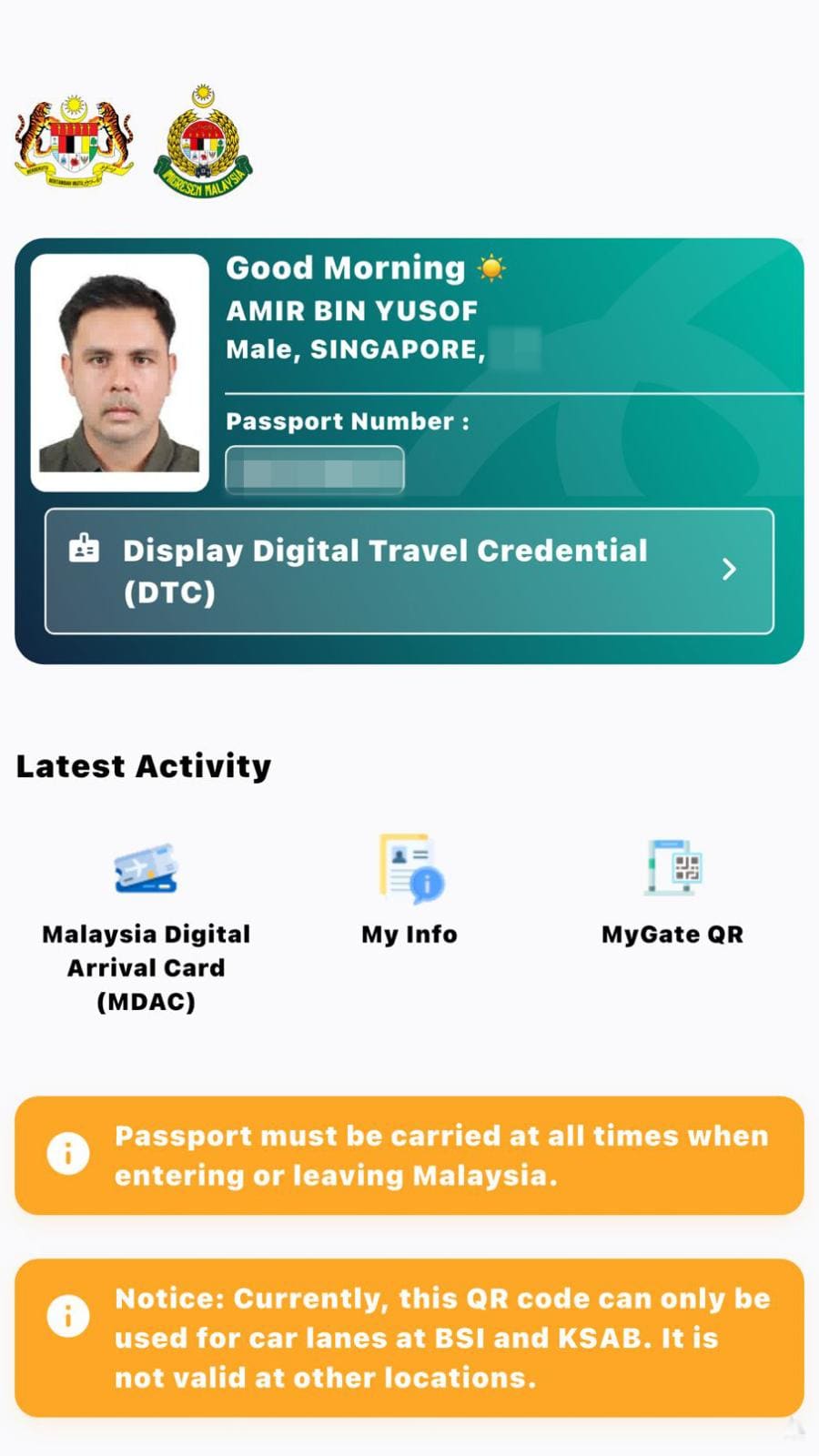
Additionally, a notice seen on the app on Monday morning indicated that the QR code could only be used for car lanes. The Home Ministry had previously said that the system would be rolled out to car, motorcycle and bus travellers concurrently on Monday.
The move to facilitate QR code clearance was eagerly anticipated as passport-less travel at the land borders has been on the cards since January 2024.
Back then, both the Singapore and Malaysia governments said they were exploring passport-less clearance as part of initiatives to smooth immigration clearance in view of the planned Johor-Singapore Special Economic Zone.
While Singapore rolled out QR code immigration clearance at its land checkpoints with Johor on Mar 19 last year, Monday will be the first time Malaysia is offering the opportunity to foreigners.
Malaysia had previously allowed for its citizens to clear immigration without using a passport under a different app.
The simplified clearance from Monday will be facilitated under a pilot for the National Integrated Immigration System (NIISe) and will run for five months until Feb 28, 2026.
Before today, I was eagerly anticipating the prospect of being able to travel across the Causeway without the need to produce my passport.
For frequent travellers who do travel fairly regularly across the border by car, this would also mean reducing the number of stamps in their passports.
In theory, and based on how the process has kicked off in Singapore, the QR code clearance would ideally reduce travel time and congestion at the immigration lanes in Johor.
Singapore’s Immigration and Checkpoints Authority (ICA) had previously said that the overall waiting time can be reduced by more than 30 per cent if most car travellers were to use QR code for immigration clearance when it announced its own rollout last year.
SMOOTH PROCESS IN GENERATING QR CODES
A day before our journey, I downloaded the MyNIISe app on my phone. The entire process of generating QR codes for travel - both as an individual and as a group for car immigration clearance - took less than 15 minutes.
After loading the app, I signed up for an account under the “foreign visitor” tab where I was required to scan my passport’s main page and then place the travel document on the back of my phone for NFC verification.
I then took a selfie and filled up gaps in my personal information, including my mobile phone number and email address.
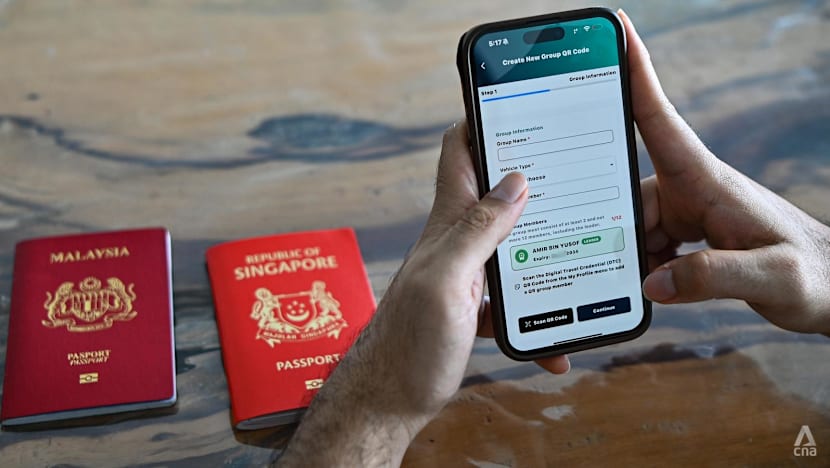
After an account was created, I could then sign in and generate an individual QR code under the MyGate QR tab.
Under this same tab, I can also generate QR codes for group travel, which will require me to scan the QR code of individuals to add to a group.
The QR codes are valid for 360 minutes, or equivalent to six hours. A countdown timer begins once they are generated.
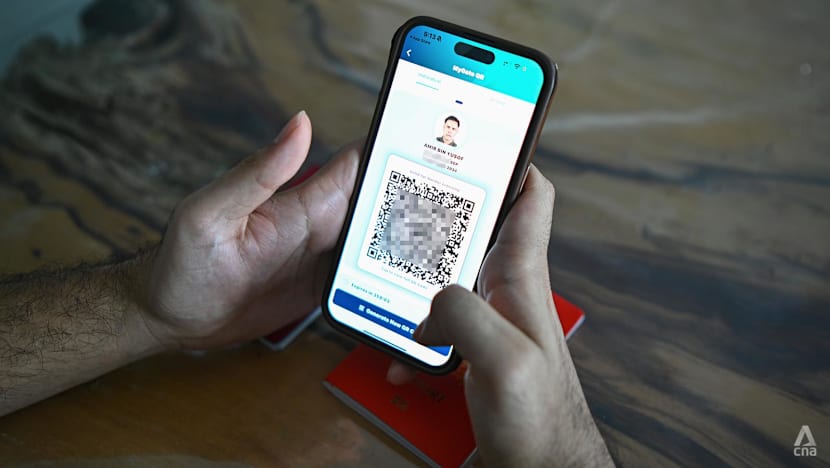
In total, it took me a slightly shorter time to generate a QR code using Singapore’s MyICA app because the latter allowed me to retrieve personal information via Singpass, something MyNIISe does not permit.
However, the process was generally fuss-free and there were no glitches during my attempt to create the QR code for immigration clearance.
Meanwhile for Ahmad Zamzahuri, he was able to generate his personal details using MyDigital ID, Malaysia’s equivalent of Singpass. This allowed him to generate a QR code in less than a minute, while I took around five minutes.
SYSTEM NOT YET LIVE WHEN EXITING JB
As my colleague Ahmad Zamzahuri and I made our way to the BSI to head to Singapore, we were made aware that only certain lanes were permitted to be used for QR code immigration clearance during the pilot trial - as indicated on the NIISe Facebook page.
For drivers exiting Johor via BSI, those who are keen to try out MyNIISe should position themselves at counters in Zone B - the centre of three lanes.
Meanwhile, lanes available for QR code clearance for those entering Johor at the BSI are at zone D, the leftmost lane of the four car zones entering the complex.
On the way to the counter at around 7.30am, I launched the app on my phone, but it required me to manually input my email address and password to login.
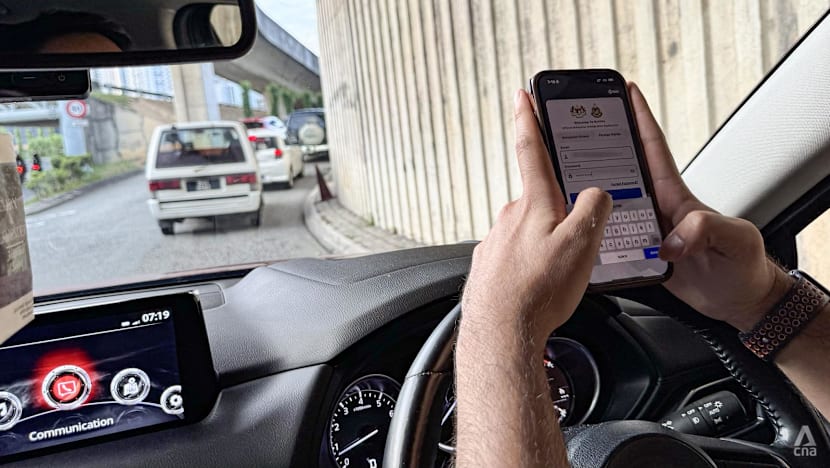
I found this to be cumbersome as I was driving and it was difficult to type. There was no option to use biometric face identification to log into my profile.
However, Ahmad Zamzahuri could log in more efficiently via facial recognition as he did so via MyDigital ID.
When I reached counter B2 while exiting Johor Bahru, I offered to scan my QR code but was told by the immigration officer that the QR code system was not yet in operation.
“Yes this is the correct booth but the QR code system is not available yet,” the officer said.
We had to clear immigration by handing over our passports.
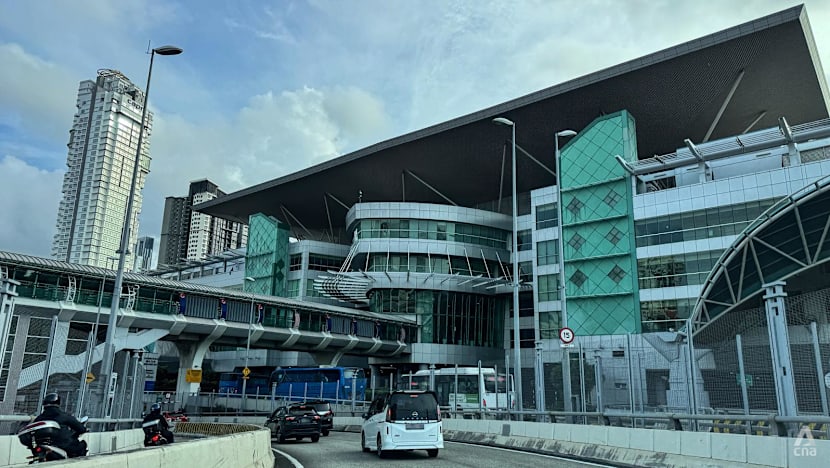
However, when we returned back to Johor Bahru via zone D, the counter we were at permitted the scanning of QR codes.
The officer called out our names to verify our identity and raised the gantry. The process took less than two minutes, half the time it usually took via manual clearance.
NIISe CLEARANCE FOR BUS, MOTORCYCLE TRAVELLERS NOT AVAILABLE YET
We had also planned to test the app use for bus travellers on Monday but the app indicated clearly that the QR code generated was only in use for car lanes at BSI and Sultan Abu Bakar Complex, the immigration facility linked to Tuas Second Link.
I checked with a senior Malaysia Department of Immigration official leading operations at BSI and she confirmed that the QR code system was live for car travellers at the specified lanes, but not for other modes of transport.
When I pressed further on when this will be implemented, the official said that this has not been confirmed.
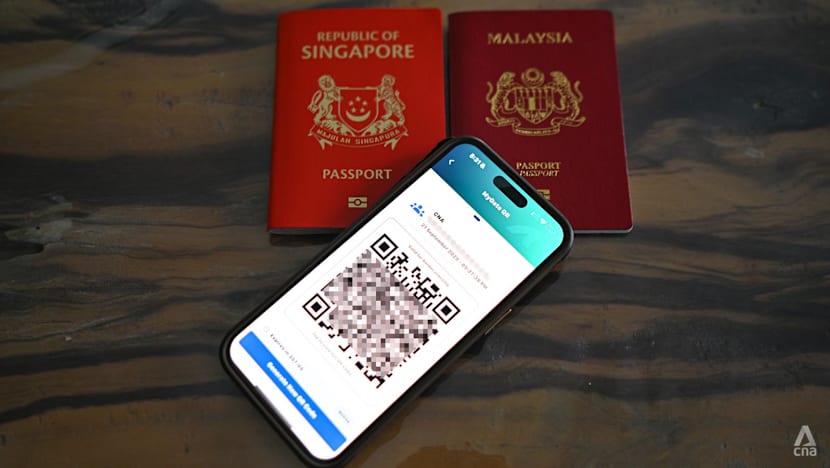
CNA also approached NIISe’s management for comment on these purported implementation issues.
All in all, QR code clearance promises to be a quick and efficient way to pass through Malaysian immigration.
However, there are some issues that will hopefully be addressed during this pilot trial before the system is rolled out in full.




















